Blog
5 Immune Booster Ingredients
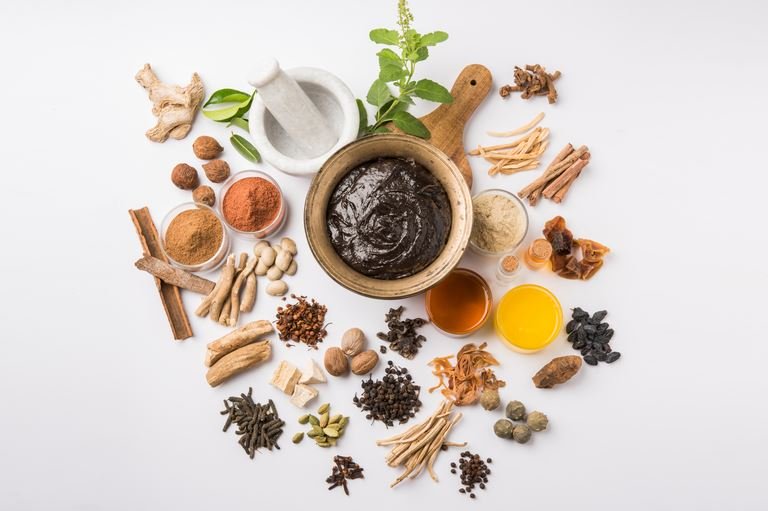
Sharing is Caring:
Have you ever heard someone utter the following?
“Aw, let the kid play in dirt! It’ll build up his immune system!”
“I don’t get sick because I have a strong immune system!”
“Wash my hands? I’m sure whatever’s on them will only make my immune system stronger!”
When it comes to the immune system, there is a lot of misinformation and old wives’ tales posed as truth. We’re here with facts to debunk some of these immune system myths.
Here are five ingredients that are scientifically proven to support your immune system!
✅ Turmeric:
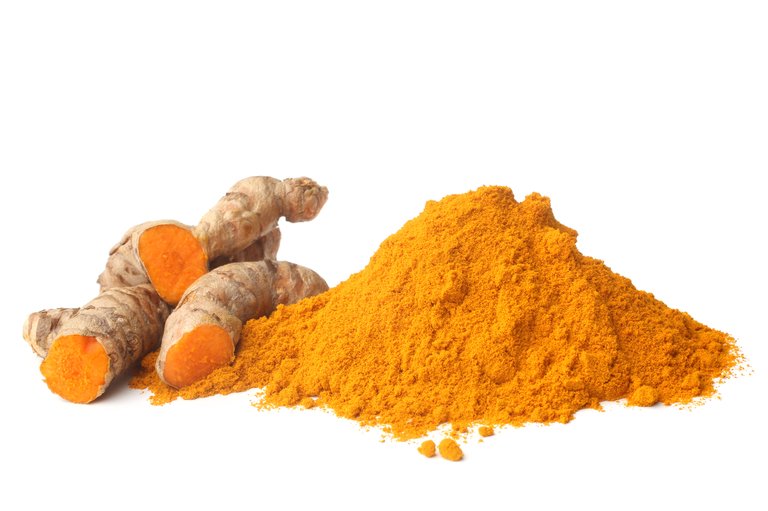
The orange color on the inside of turmeric may look like a carrot, but turmeric root is actually a tuber (like potatoes). Curcumin is the orange-yellow compound responsible for the turmeric root’s vibrant color. Curcumin has been shown to help modulate the activation of many immune system components, such as T cells, B cells, macrophages, natural killer cells, and more (Jagetia et al., 2007).1
It has also been shown to improve antibody responses to foreign contaminants. Turmeric may significantly decrease the amount of time your body spends fighting off pesky pathogens. Turmeric also contains antioxidants that can help protect you from free radicals (Rathaur et al., 2012)!2
✅ Green Tea:
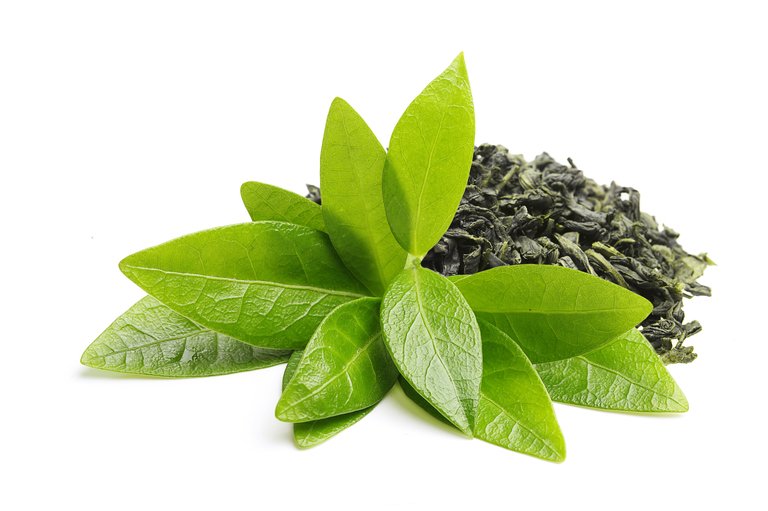
Green tea has been used for hundreds of years as a stand-alone beverage (Liao et al., 2001).3 However, in more recent years, this ingredient has been added to many different food and supplement products.
A majority of the positive effects of the green tea leaf can be attributed to its rich stores of potent antioxidants known as polyphenols. Another benefit of green tea is immune system modulation (Haddad et al., 2005).4
Green tea may help the immune system respond efficiently to different health threats in a controlled, balanced manner.
Green tea doesn’t just help your innate immune system—which is the first line of defense and includes specific immune cells such as neutrophils, macrophages, and NK cells It also helps your adaptive immune system, which continuously learns as it is exposed to foreign materials and includes T and B cells. Green tea specifically supports and activates T cells, which signal other parts of the immune system to destroy harmful invaders (Pae et al., 2013).5
✅ Ashwagandha:
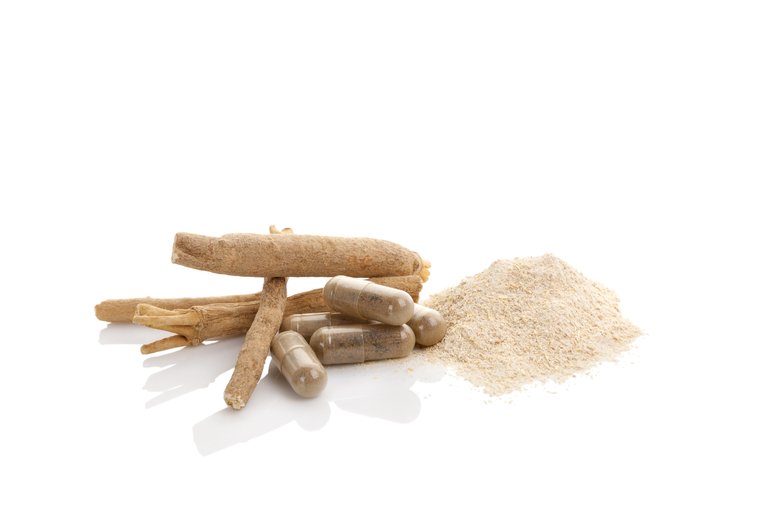
This amazing plant is also known as “Indian Ginseng” or “Indian Winter Cherry” because of the little red berries inside paper thin pods growing on its branches (Singh et al., 2011).6
Alkaloids, steroidal lactones, and saponins are a few health-boosting compounds nestled within the roots of this plant. These active constituents help modulate immune response (Ziauddin et al., 1996; Tiwari et al., 2014).7,8
✅ Zinc:
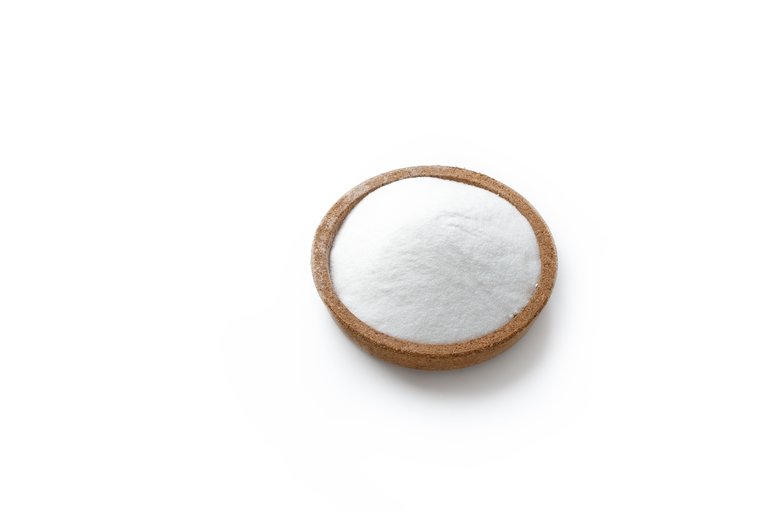
Zinc is an essential mineral your body needs to function properly and is an integral part of a healthy diet (U. S. Department of Health and Human Services, 2020).9
Zinc can benefit your immune health in so many ways!
It helps with cell development and function, NK cells and macrophages activities (white blood cells that destroy infected and damaged cells), cytokine production (protein cell secretions that signal within the immune system), and the growth and function of T cells and B cells Zinc also has antioxidants to help defend your body from free radicals (Prasad, 2008).10
✅ Transfer Factor:
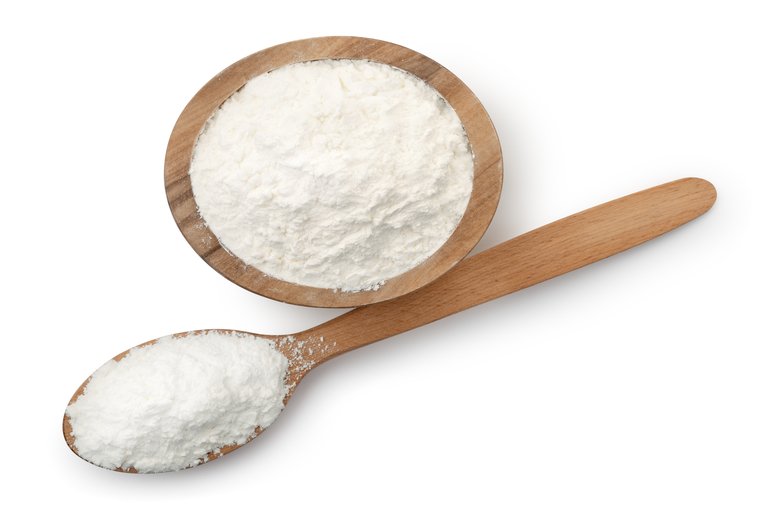
Transfer factors are small proteins known as peptides produced by the immune system (Kirkpatrick, 2000). 12,14(Transfer factor plus capsules, n.d.).12
Transfer factors pass immune system information from one host to another, even between different species(Radosevich, et al., 1985). 15
Transfer factors have broad effects on the immune system functioning as immune modulators and educators. They also aid the immune system in responding and remembering health threats (Krishnaveni, 2013).14
There is still a lot to learn about transfer factors, but we do know they support the immune system in amazing ways!
Try some of these immune-boosting ingredients today!
References 1.Jagetia, G.C., & Aggarwal, B.B. (2007). “Spicing up” of the immune system by curcumin. Journal of Clinical Immunology, 27, 19–35. https://doi.org/10.1007/s10875-006-9066-7 Rathaur, P., Raja, W., Ramteke, P. W., & John, S. A. (2012). Turmeric: The golden spice of life. International Journal of Pharmaceutical Sciences and Research, 3(7), 1987-1994. Liao, S., Kao, Y., & Hiipakka R. A. (2001). Green tea: Biochemical and biological basis for health benefits. Vitamins & Hormones, 62, 1-94. https://doi.org/10.1016/S0083-6729(01)62001-6 Haddad, P. S., Azar, G. A., Groom, S., & Boivin M. (2005). Natural health products, modulation of immune function and prevention of chronic diseases. Evidence-Based Complementary and Alternative Medicine. 2(4), 513-520. https://doi.org/10.1093/ecam/neh125 Pae, M., & Wu, D. (2013). Immunomodulating effects of epigallocatechin-3-gallate from green tea: Mechanisms and applications. Food & Function, (9), 1279-1422. https://doi.org/10.1039/C3FO60076A Singh, N., Bhalla, M., de Jager, P., & Gilca, M. (2011). An overview on Ashwagandha: A rasayana (rejuvenator) or Ayurveda. African Journal of Traditional, Complementary and Alternative Medicines: AJTCAM, 8(5 Suppl), 208-213. doi:10.4314/ajtcam.v8i5S.9 Ziauddin, M., Phansalkar, N., Patki, P., Diwanay, S., & Patwardhan, B. (1996). Studies on the immunomodulatory effects of Ashwagandha. Journal of Ethnopharmacology, 50(2), 69-76. https://doi.org/10.1016/0378-8741(95)01318-0 Tiwari, R., Chakraborty, S., Saminathan, K. D., & Singh, S. V. (2014). Ashwagandha (Withania somnifera): Role in safeguarding health, immunomodulatory effects, combating infections and therapeutic applications: A review. Journal of Biological Sciences, 14(2), 77-94. doi:10.3923/jbs.2014.77.94. U. S. Department of Health and Human Services. National Institutes of Health. Office of Dietary Supplements. Zinc – Fact Sheet for Health Professionals. Last updated on March 6, 2020. https://ods.od.nih.gov/factsheets/Zinc-HealthProfessional/ Prasad, A. S. (2008). Zinc in human health: Effect of zinc on immune cells. Molecular Medicine, 14, 353-357. https://doi.org/10.2119/2008-00033.Prasad Kirkpatrick, C.H. (2000). Transfer factors: identification of conserved sequences in transfer factor molecules. Molecular Medicine, 6(4), 332–341. https://www.ncbi.nlm.nih.gov/pmc/articles/PMC1949950/ Diaz-Jouanen, E., & Williams Jr., R. C. (1974). T and B lymphocytes in human colostrum. Clinical Immunology and Immunopathology, 3(2), 248-255. https://doi.org/10.1016/0090-1229(74)90011-7 Krishnaveni, M. (2013). A review on transfer factor an immune modulator. Drug Invention Today, 5(2), 153-156. https://doi.org/10.1016/j.dit.2013.04.002 Radosevich JK, et al. Delayed-type hypersensitivity responses induced by bovine colostral components Am J Vet Res. 1985, 46(4): 875. https://www.ncbi.nlm.nih.gov/pubmed/3925823
Sharing is Caring:
MORE HEALTH TIPS!
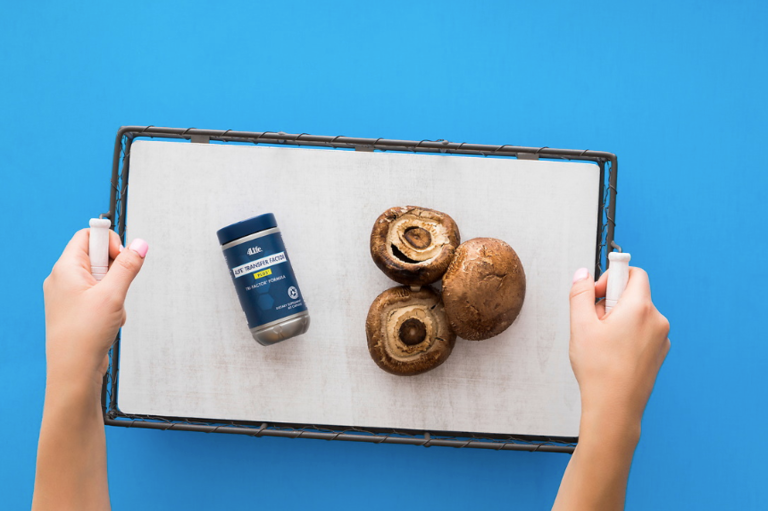
What's inside of Transfer Factor Products?
Take a closer look at the products you know and love with an in-depth analysis of some of their ingredients.
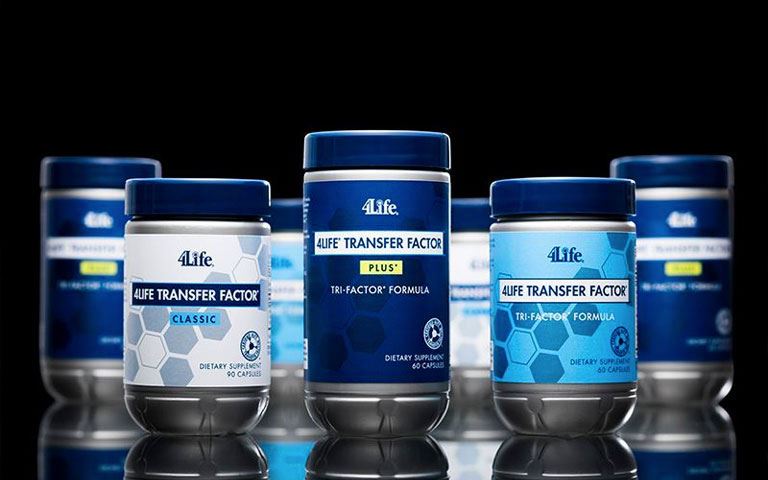
Did You Know that You Can Make your Immune System Smarter?
Well, it means making it wise. You need a wise and properly balanced immune system so it knows when to fight health threats, how intensely to fight, and when to stop fighting. Knowledge is power!

5 Ways to a Support a Healthy Heart
Cue the heart emojis-it's February! Not only it is a month for passion and romance, but February is also American Heart Month, which means that it's extra important to show your heart some love.

Breast Milk Protects Newborn Babies
Did you know that Breastfeeding provides passive and likely long-lasting active immunity? Protection against infections has been well evidenced during lactation against e.g., acute and prolonged diarrhea,respiratory tract infections,










Contact
*THESE STATEMENTS HAVE NOT BEEN EVALUATED BY THE FOOD AND DRUG ADMINISTRATION. THESE PRODUCTS ARE NOT INTENDED TO DIAGNOSE, TREAT, CURE, OR PREVENT ANY DISEASE.
